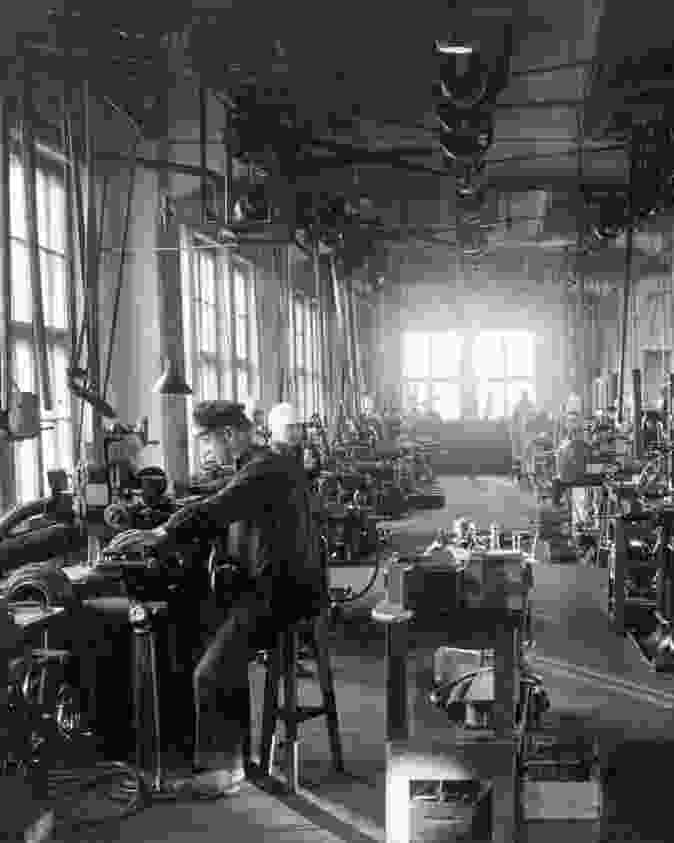

Tikkakoski legacy company story
In 1983, owner Nokia merged Sako with Tikkakoski, a Finnish company known for producing first consumer durables and later firearms. In much the same way as SAKO, Tikkakoski has a rich and interesting history – a story that sits alongside the ebb and flow of international conflict. Today, Tikka is a vital part of the SAKO story, with a range of products integral to the wider company’s operations.
The tikkakoski company story
In 1983, owner Nokia merged Sako with Tikkakoski, a Finnish company known for producing first consumer durables and later firearms. In much the same way as SAKO, Tikkakoski has a rich and interesting history – a story that sits alongside the ebb and flow of international conflict. Today, Tikka is a vital part of the SAKO story, with a range of products integral to the wider company’s operations.
The Tikkakoski factory began life in the 1890’s as a manufacturing workshop in the village of Laukaa.
When Finland became independent, weapons production began and the Ministry of Defense provided the bulk of the initial orders. In the late 1930’s Tikkakoski experienced accelerated growth due to orders for military armament. The product range included the Suomi submachine guns – also produced prior to wartime, alongside cartridges, machine guns, machine gun belts and gun parts. Near the end of the 1920’s most of the shares in Tikkakoski had been bought by German Industrialist Willy Daugs. At the end of the war, German ownership proved problematic: The peace treaty required all German property in Finland to be transferred to the ownership of the Allies – which in practice meant the Soviet Union, who became owners of Tikkakoski in 1947.
Under Soviet ownership, Tikkakoski ceased weapons production and focused on other metalwork – including most notably the Tikka sewing machines. In 1957, a group of Finnish businessmen bought Tikkakoski, paying for the purchase in the form of sewing machines to the Soviet Union. Just ten years later, the Tikkakoski majority shares were bought by the central cooperative bank Osuuspankkien Keskus-osuuspankki.
Under its Finnish ownership, Tikkakoski returned to weapons manufacturing. Previously, all models had been assembled out of parts obtained from elsewhere – but at the end of the 1960s for the first time there was a new, completely in-house model designed and manufactured by the company, the M76 rifle.
Tikkakoski was purchased by Nokia in 1974, who had recently also come into ownership of The Cable Factory – current owners of Sako, some years earlier. Nokia now owned the two most important private weapons factories in Finland, and by summer 1982 had made progress with plans to merge Sako and Tikkakoski. The target for the merger was October 1983. Even though as a company Tikkakoski was in better condition, the merger clearly favored the larger company, Sako. This meant that Tikkakoski would merge into Sako, and further – it was likely that the inter-company arrangements enabled Sako to continue with its main industry, weapons manufacture.
In spring 1983 a new celebratory rifle model, the Sako-Tikka, was well on its way toward serial production. In summer 1983, the preparations for the merger of Sako and Tikkakoski were finalized, and the merger took place in the autumn. The new company name, Oy Sako-Tikka Ab, was registered with the Finnish Patent and Registration Office on 29 September 1983.
In May 1985 Nokia announced significant reorganizations to its metal industry sector. As a result, Oy Sako-Tikka Ab, which had been in operation for just a year and a half, would be merged with the parent company. The factories would continue to manufacture weapons under the brand names Sako and Tikka but the factory’s themselves would adopt new names that pointed to their historical significance: Nokia Machinery/Sako Factories and Nokia Machinery/Tikka Factories. As such, the designation Tikkakoski vanished after an almost one-hundred-year history. Legally, the changes came into force on 1 January 1986.
